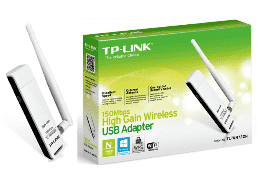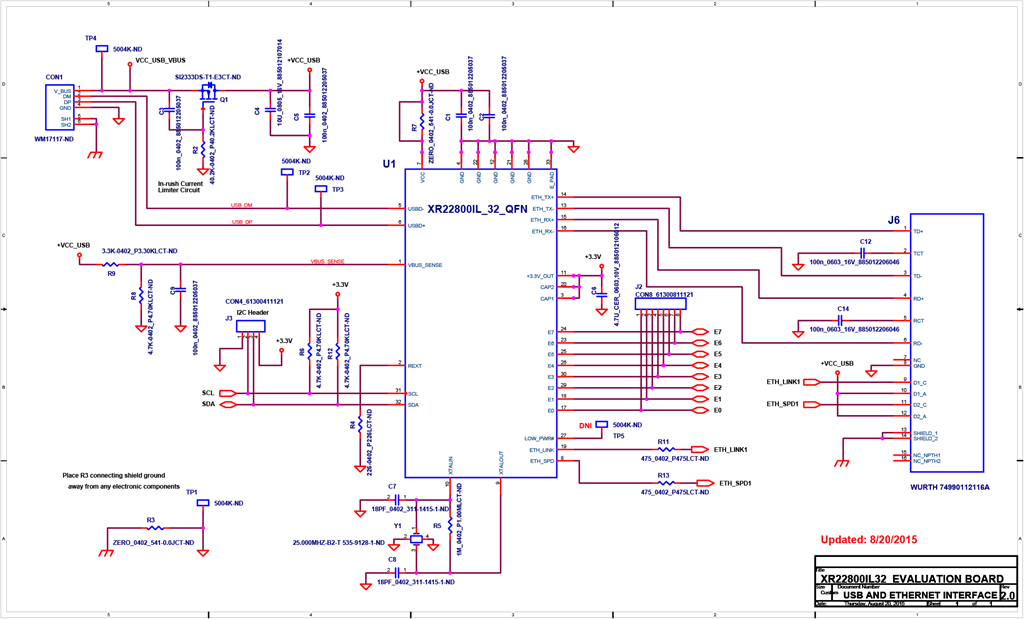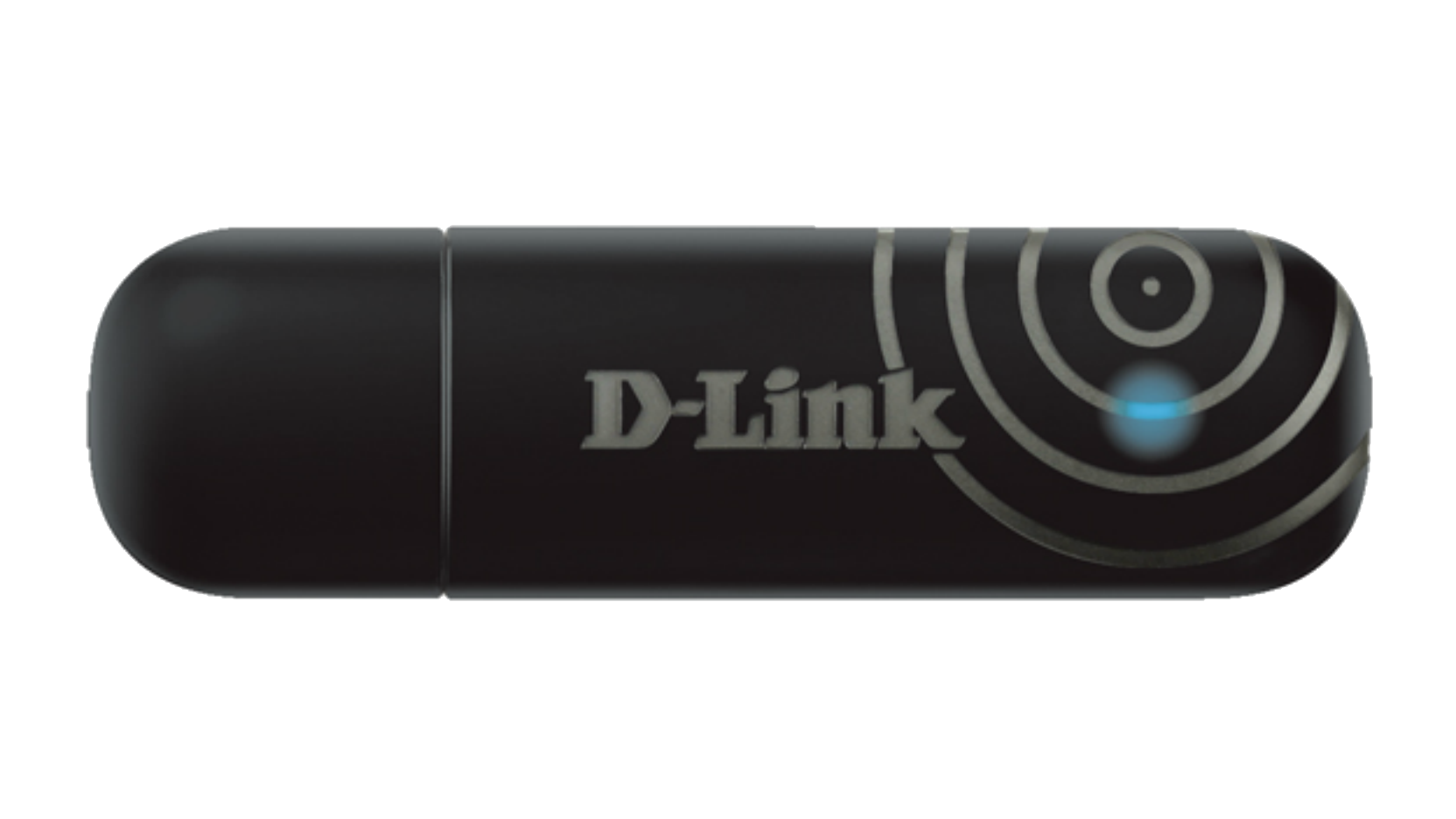D-Link is a world leader in networking hardware manufacturing. Information about our award winning Fast Ethernet Network Adapters, Hubs, Switches, Network Kits, and USB products. The D-Link AirPlus DWL-120+ Wireless USB Adapter is a local wireless networking device that transmits data and information at a high speed of up to 11 Mbps. This assures one fast, reliable, and flexible wireless internet connectivity. For the device to be fully operational,the D-Link AirPlus DWL-120+ Wireless USB Adapter drivers have to be. Client driver—the user-mode function driver for the USB device. UMDF—the framework module that handles most interactions with Windows on the behalf of the client driver. It exposes the user-mode device driver interfaces (DDIs) that the client driver can use to perform common driver tasks. This package contains the files needed for installing the D-Link DSB-C100Clear USB Camera Driver. If it has been installed, updating (overwrite-installing) may fix problems, add new functions,.


D-link Usb Adapter
Windows device driver information for D-Link Air DWL-122 Wireless USB Adapter


Drivers D-link Usb Devices Dongle
The driver for D-Link Air DWL-12 2 Wireless USB Adapter was published by the product manufacturer, D-Link. It is an update for the device driver which came with the product package. It is a network driver. It requires at least one of the following Operating Systems: Microsoft Windows XP, Microsoft Windows 2000, Microsoft Windows 98, and Microsoft Windows Millennium Edition. It has had a total of 1879 downloads on the website. It is free to download. The device driver update download has been tested Spyware free, to ensure that the user does not download any viruses accidentally. Drivers are designed for hardware to work efficiently on new Operating Systems. This particular device driver is used to make sure that the hardware device can function normally, if not better on new and more advanced versions of Microsoft Windows. Because of the development of these different modern drivers and Operating Systems, many ways of driver usage has been developed. Drivers can now work together with Printers, Video Adapters, Network Cards, Local buses of various sorts, Low-bandwidth I/O buses of various sorts (for pointing devices such as mice, keyboards, USB, etc.), computer storage devices such as hard disk, CD-ROM and floppy disk buses (ATA, SATA, SCSI), implementing support for different file systems, and implementing support for image scanners and digital cameras. The common ranks for the idea for device drivers are for hardware (Interfacing directly,Writing to or reading from a Device Control Register, using some higher-level interface (e.g. Video BIOS), and using another lower-level device driver (e.g. file system drivers using disk drivers)

